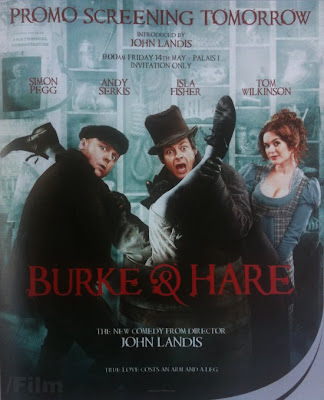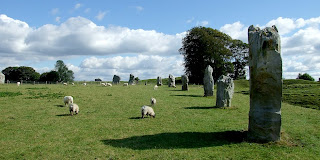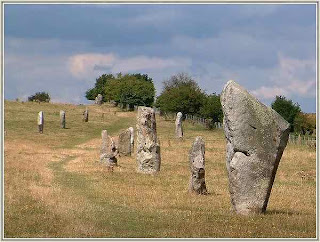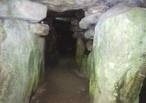Burke and Hare, directed by John Landis, is a comedic take on the true story of the 1828 Edinburgh body-snatchers William Burke (Simon Pegg) and William Hare (Andy Serkis). These two 19th century entrepreneurs discover that a dead body can fetch a hefty price when the demands of the leading medical professors Dr. Knox (Tom Wilkinson) and Dr. Monroe (Tim Curry) reach beyond that of the local supply. The film also features John Cleese, Hugh Bonneville, Isla Fisher, Stephen Merchant and an appearance by Christopher Lee.
Director Landis said of the film, “It has horror things within it — it’s about dissection and grave robbing, after all — but it’s a very black romantic comedy, hopefully in the tradition of the old Ealing Studios’ Kind Hearts and Coronets and The Ladykillers.”
Simon Pegg, who plays Burke, said, “Hare’s the mastermind, the schemer. Burke’s a little more of a frustrated romantic. But they weren’t hand-rubbing, evil villains; they kind of fell into it, really. They felt they were justified. The movie dares you to be sympathetic towards them and, quite cannily, actually feel a little for them. And you constantly have to keep going, ‘No! They’re bad!’”
The film, which has been stuck in production glue – or congealed blood – for quite a while and seemed forever stalled, was finally being touted by it’s director in Cannes a few months ago and is said to be released in October in England. It’s U.S. release date is a somewhat vague “2011,” but we thought we’d give you the heads up, anyway. You can read all about the gruesome, real life events surrounding the crimes of Burke and Hare here.


_before_1869.jpg)

















